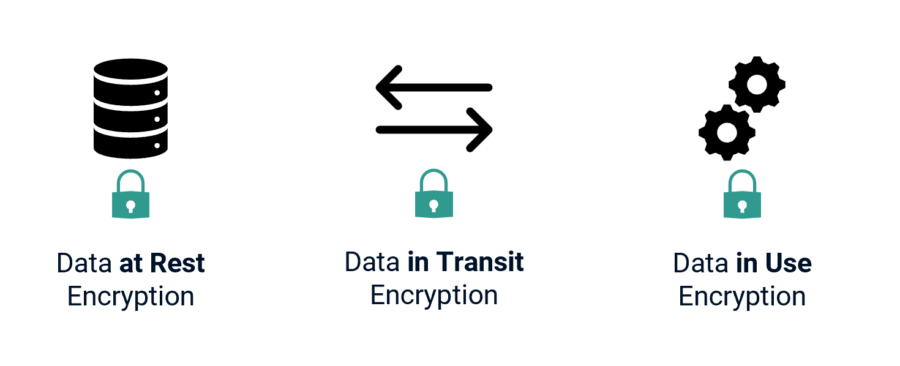Encrypting data in transit, also known as Data In Transit Encryption, is an important step in protecting sensitive information. This encryption ensures that data transmitted over a network from one device to another is protected. It does not matter whether the data is transferred over the internet, a private network or even wirelessly. This ensures that no unauthorised person can access or modify the data.
To protect data in transit (Data In Transit Encryption), data is encrypted before transmission and sent over encrypted connections (e.g. HTTPS, SSL, TLS, FTPS). This makes the data unreadable to anyone who intercepts the transmission. This ensures that data in general, and especially sensitive information such as login credentials or personal data, is protected from unauthorised access or manipulation.
Data In Transit Encryption is an important IT security factor, especially for data integration via APIs. For example, the Marini Integration Platform, which can be used to transfer large amounts of data and all types of data between APIs, always uses encrypted connections and offers a variety of additional options for data transfer security.

To ensure complete protection, Data-at-Rest-Encryption, Data-in-Transit-Encryption and Data-in-Use-Encryption are often combined. This protects the data from unauthorised access and modification both during transmission and in storage. In this way, comprehensive security can be guaranteed for the data during transmission.
Marini Trust Center
Marini Systems provides a variety of measures to protect your data and the integration platform. Visit the Marini Trust Center for comprehensive information about the security measures we take to protect your data. These include, for example, the use of encrypted connections, regular security scans and audits, compliance with industry standards and best practices, and the ability to granularly control access rights to your data. We are constantly working to improve our security measures and respond to the latest threats.